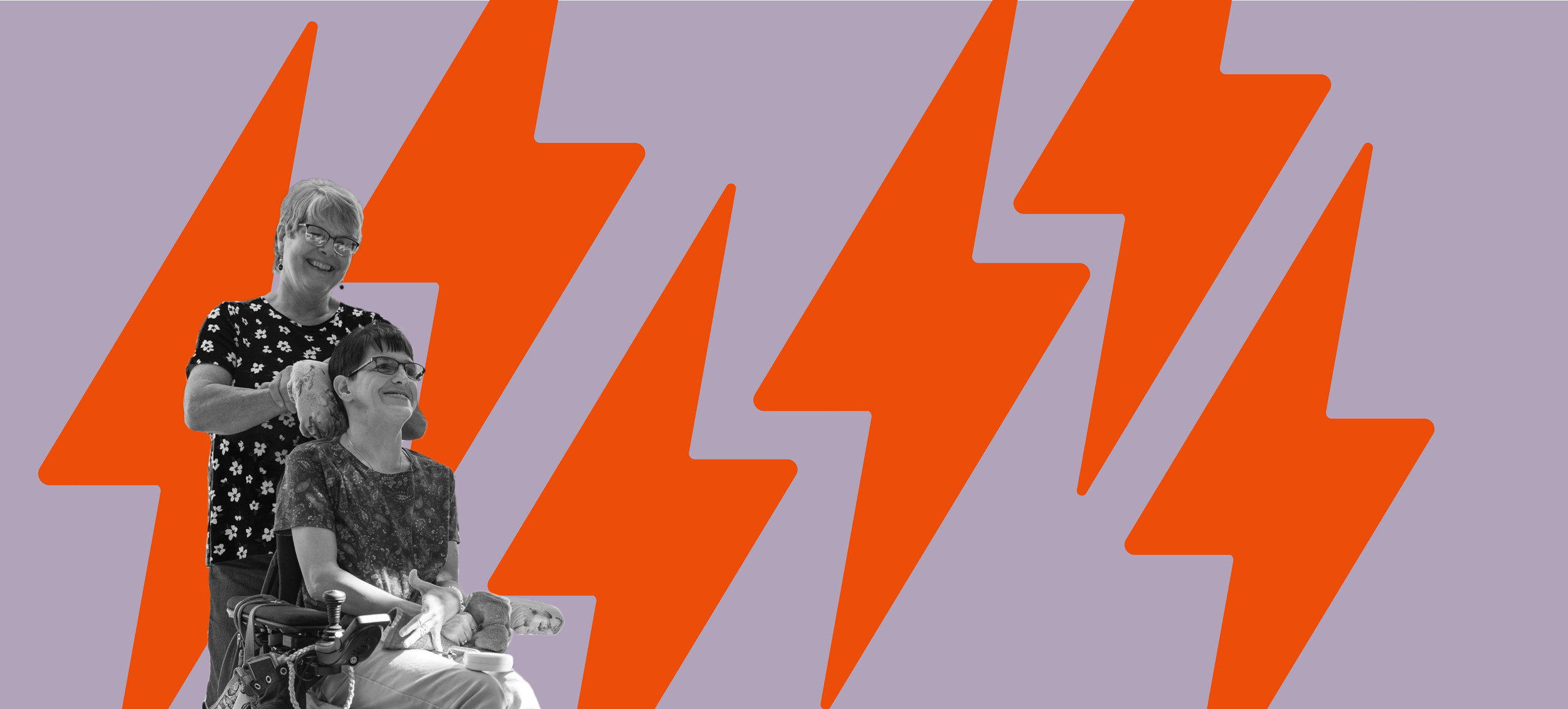
What is Direct Care?
Who Does Direct Care Benefit?
“ People with disabilities are all different ages and backgrounds. They want to be part of the community — they don’t want to live in nursing homes.”
— Dana G., Idahoan who Self-Directs Her Care
From older adults to people with disabilities, Idahoans from every walk of life remain independent and thriving in their own communities because of direct care.
What Does Direct Care Look Like?
Direct care can take a variety of forms, depending on each individual’s specific needs. Direct care workers can help the Idahoans they support bathe, dress, cook, eat, get around, communicate with others, take care of housework… whatever it takes to fill in the gaps that would otherwise prevent them from living the life of their choosing.
Our overall goal is independent living, and for thousands of Idahoans, that requires quality and sustainable direct care workers.
What Happens to Those Without Access to Direct Care?
After life-changing events, there’s one thing that would provide some stability to people seeking care: staying in their own homes. But the extreme shortage of direct care workers means that many struggle to find solutions that allow them to do so. If they’re lucky, a family member may be able to provide some help. But this work is almost always unpaid — and directly impacts that family member’s ability to work. Otherwise, the person who needs support might end up in an assisted living facility, or eventually, a hospital for a lengthy period of time.
What About Family Care?
The question is often asked, “Why don’t family members or friends provide caregiving to someone who is ill or has a serious disability?” Well, they do. There are more than 300,000 unpaid family caregivers across the lifespan in Idaho who contribute a staggering $1.2 billion in value through their caregiving.
However, this unpaid caregiver system only works when unpaid caregivers can rely on paid direct care workers when they need them. If a family member receiving unpaid care has a change in their health, for example, the family member providing unpaid care may need to provide even more hours of care. A family member’s caregiving responsibility could impact the unpaid caregiver’s ability to keep a job and pay their mortgage and other bills. Unpaid caregivers need a break sometimes, and they can get sick or injured themselves. Older adults providing unpaid care to a spouse may no longer be able to do the lifting or chores to continue taking care of a family member.
In other words, Idahoans do take care of one another — but that can only do so much. We need a strong and sustainable direct care workforce to support the hundreds of thousands of unpaid caregivers who are doing the heavy lifting.
Idaho caregivers are a lifeline to maintaining independence. They enable and maintain Idahoans’ dignity and freedom to remain in their communities, at a substantial savings to taxpayers when considering the cost of residential treatment.




